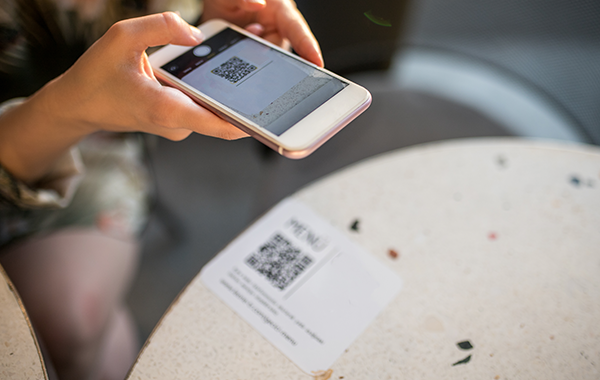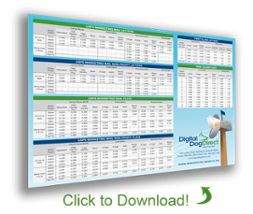Back in December, we discussed direct mail trends as we were entering the deadliest period of the pandemic in the U.S. The six months between then and now probably seem like an eternity.
Although the pandemic and recovery are far from over, the world is finally – slowly – getting back to normal. Offices are opening. People are leaving home and going on vacation. Many kids are going back to summer camp and planning to go back to school full-time in the fall.
Given this new trajectory, let’s take another look at direct mail marketing trends we’re seeing in the real world.
Postcard Popularity
Postcard distribution has increased steadily during the past 12 years. Practically speaking, postcards are very cost-efficient in terms of postage and paper. One could also reasonably attribute the growth of postcards to the way people consume information.
People tend to scan, whether on a screen or on paper, to find what’s relevant to them. Marketers are moving towards bold headlines and bullet points with fewer words and small copy blocks. In fact, WMW! reports that direct mail copy word counts have dropped 62 percent over the last 20 years.
Calls-to-Action Go Digital
As more marketers develop omni-channel marketing campaigns that integrate direct mail with web, social, email, and other online channels, calls-to-action used in direct mail are changing.
In other words, mailings are moving away from standard business reply mail and directing the recipient to scan a QR code, fill out an online form, order online, download a mobile app, or engage on social media. Another emerging trend is a voice-activated call-to-action that requires the user to interact with a smart speaker!
Direct Mail, Triggered!
We recently discussed how trigger-based direct mail marketing uses current data to automatically print and distribute customized mailings based on a specific trigger, such as an event, behavior, purchase, activity, or even inactivity. The idea is to engage specific households during a peak window of opportunity.
Trigger-based direct mail is on the rise because brands and marketers are doing a better job collecting and managing data. The automation component is also very appealing for those seeking to maximize efficiency and speed.
More Segmentation, More Success
Related to data-driven, trigger-based direct mail is the need to segment data to increase response rates. This allows brands and marketers to generate and distribute relevant creative and timely offers based on the needs, preferences, and behaviors of clearly defined audience segments.
Increased segmentation has never been more important as the trend towards personalized marketing continues to gain momentum. Variable data printing makes it possible to take full advantage of your data by customizing images, messaging, and text for each individual household without slowing down or stopping the print process.
Want to discuss how you can enhance and improve your direct mail marketing strategy to maximize response rates? Contact us today to unleash the power of Digital Dog Direct.




Comments